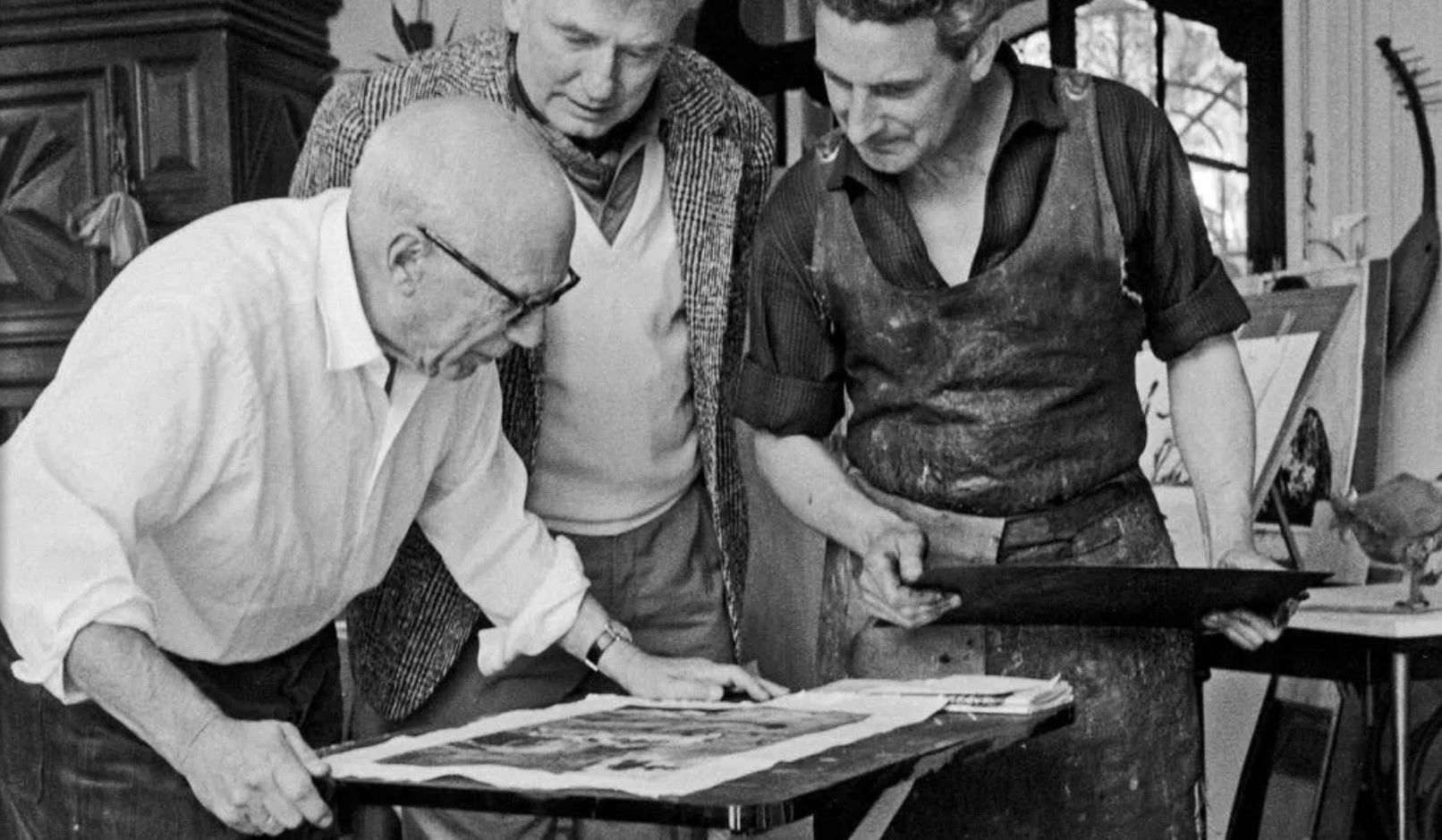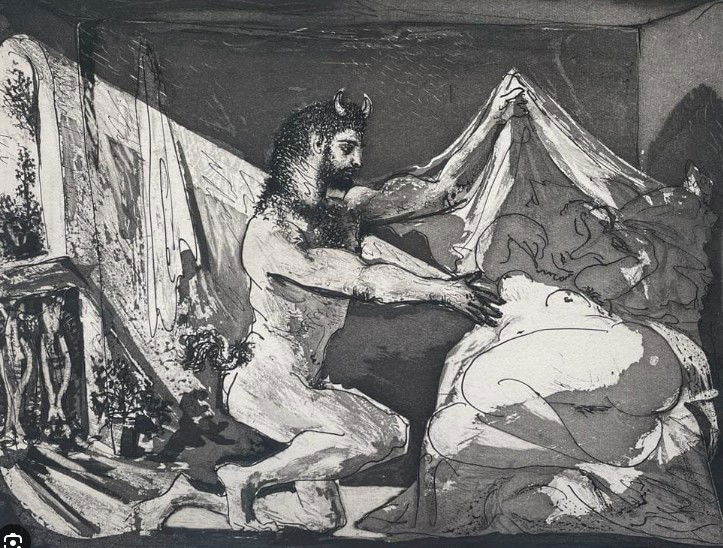Pablo Picasso, a name synonymous with artistic revolution, wasn't solely defined by his canvases. His extensive and groundbreaking work in printmaking constitutes a significant and often overlooked chapter in his illustrious career.

Pablo Picasso, a name synonymous with artistic revolution, wasn't solely defined by his canvases. His extensive and groundbreaking work in printmaking constitutes a significant and often overlooked chapter in his illustrious career. Producing over 2,000 prints throughout his life, Picasso embraced the medium not as a mere reproductive process, but as a vibrant field for experimentation and artistic exploration.
Picasso's mastery wasn't confined to a single printmaking technique. He fearlessly experimented with etching, lithography, linocut, drypoint, woodcut, and aquatint, often ingeniously combining these methods to achieve unique and expressive results. This technical versatility, coupled with his innate artistic genius, allowed him to push the boundaries of printmaking, creating works that are as innovative and impactful as his paintings.
Unlike many artists who received formal training, Picasso's approach to printmaking was characterized by self-discovery and a relentless pursuit of new possibilities. He wasn't bound by traditional conventions; instead, he treated the medium as a malleable substance, shaping it to his artistic vision. This improvisational spirit is evident in his bold compositions, unexpected techniques, and the constant evolution of his style evident across his print oeuvre.
Recurring motifs, such as the powerful bull, the symbol of peace represented by the dove, female figures representing a wide range of emotions, and the artist and model dynamic, frequently appear throughout his prints. These thematic consistencies reflect Picasso’s enduring artistic concerns and personal obsessions, providing a fascinating lens through which to view the evolution of his artistic thought.
Crucially, Picasso didn't work in isolation. His collaborations with renowned printmakers and studios, particularly Atelier Mourlot in Paris, were instrumental in realizing his ambitious visions. These partnerships provided him with access to specialized skill and expertise, allowing him to translate his artistic concepts into tangible prints with remarkable precision and fidelity.
His impact on the art world is undeniable. Landmark works such as "Le repas frugal" (1904), the monumental "Vollard Suite" (a series of 100 etchings), and the dramatic "La Minotauromachie" (1935) stand as testaments to his mastery. These prints not only showcase his technical prowess but also reflect his profound understanding of the expressive potential inherent in the medium. His innovative approach inspired generations of artists, solidifying his legacy as a pivotal figure in the history of printmaking.
In conclusion, Picasso's printmaking career deserves recognition as a vital part of his artistic legacy. His prolific output, experimental techniques, and innovative spirit transformed the medium, leaving an enduring mark on the art world and cementing his place as a true pioneer of printmaking.
